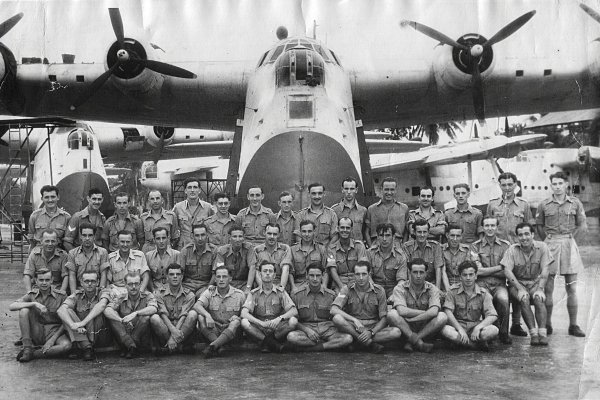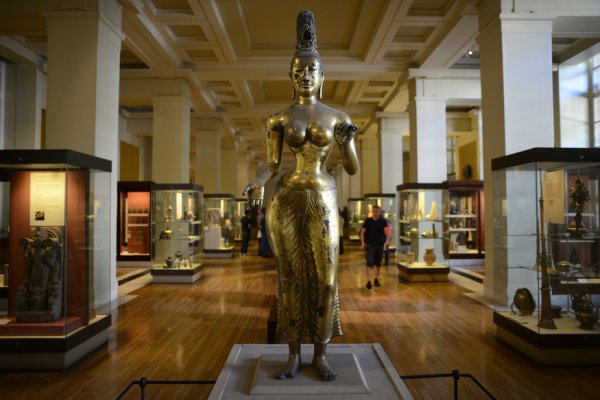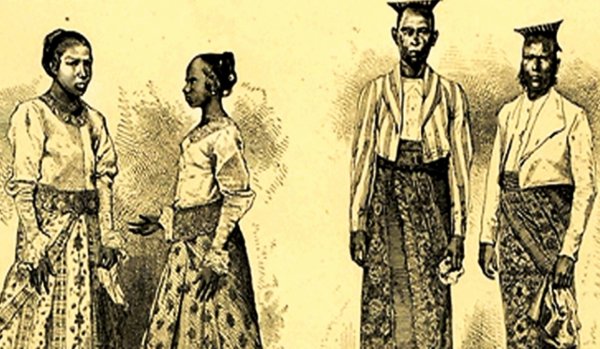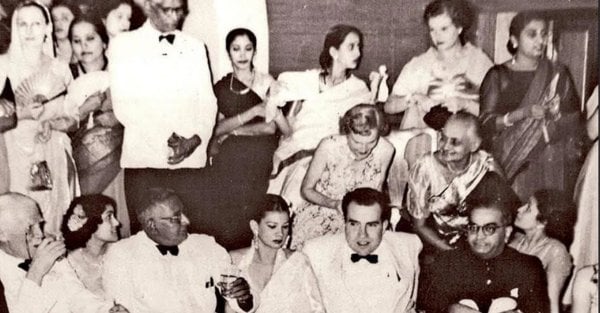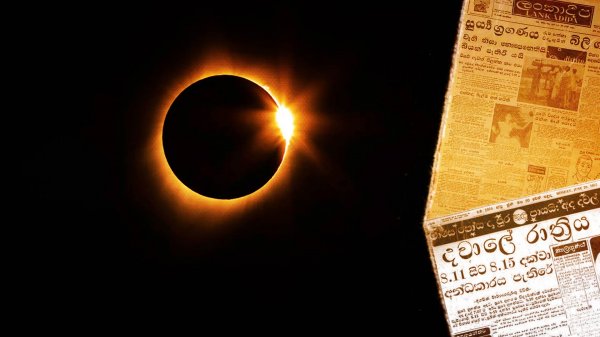
When stamps were first introduced to Ceylon by the British, our ancestors probably never thought these little pieces of paper would one day become so valuable. Our stamps are unique and interesting in their own way; a glance at a stamp—or better yet, a whole collection of them—can give one a glimpse into Sri Lankan culture and history.
The most valuable stamps issued in Sri Lanka date back to the 19th and early 20th centuries. The age and rarity of these stamps have contributed to their high value, and since philately is a passion shared by many people across the world, these stamps have generated a lot of interest among the international stamp-collecting community, too.
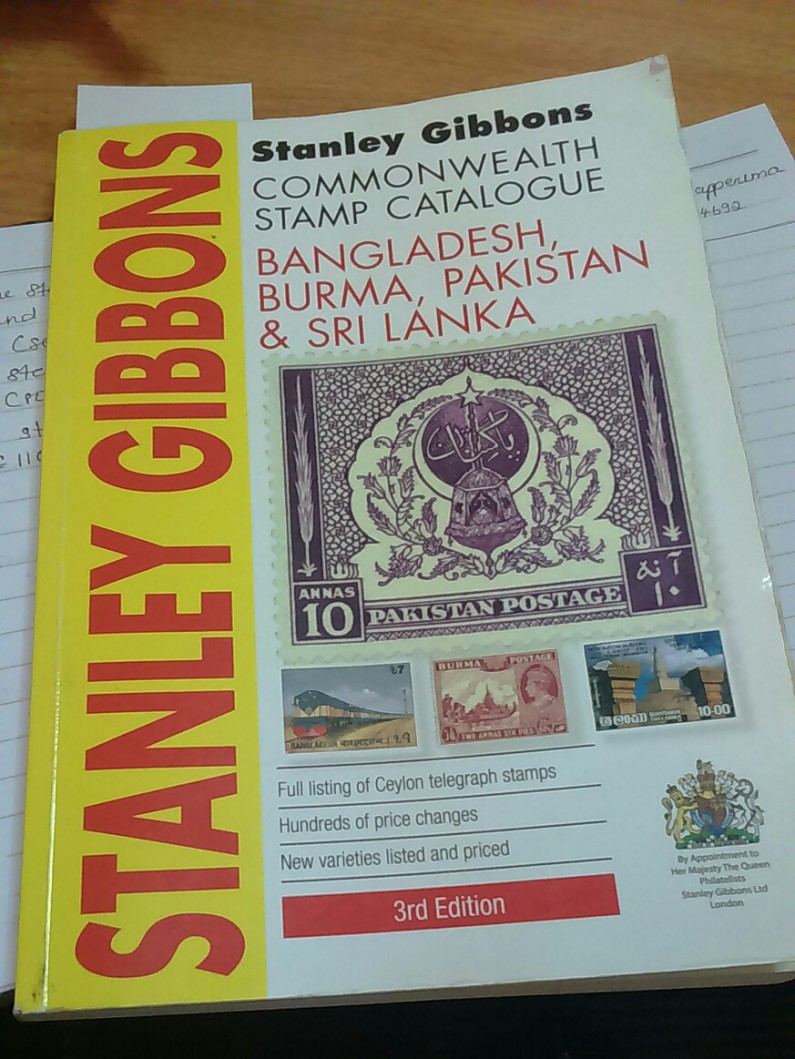
The Stanley Gibbons stamp catalogue contains many details about colonial Ceylon stamps. Image courtesy Ravindra Ratnapala
According to Ravindra Ratnapala, former President of the Sri Lanka Philatelic Society, the value of many old stamps can vary, depending on the quality and the condition of the stamp.
“The price of a stamp depends on the condition it is in; for instance, if a stamp has become damp and fungus has set in, or it has not been stored properly, then the value of it will be much less.”
The History Of Lankan Stamps
Sri Lanka’s postal history dates back to the year 1798, when the Dutch launched five post offices in the maritime regions they controlled. The postal service was, however, commanded by the Dutch East India Trading Company (VOC) and was only used for official matters. After the British colonised Sri Lanka, they reorganised the postal service, making it available for both official and public use.
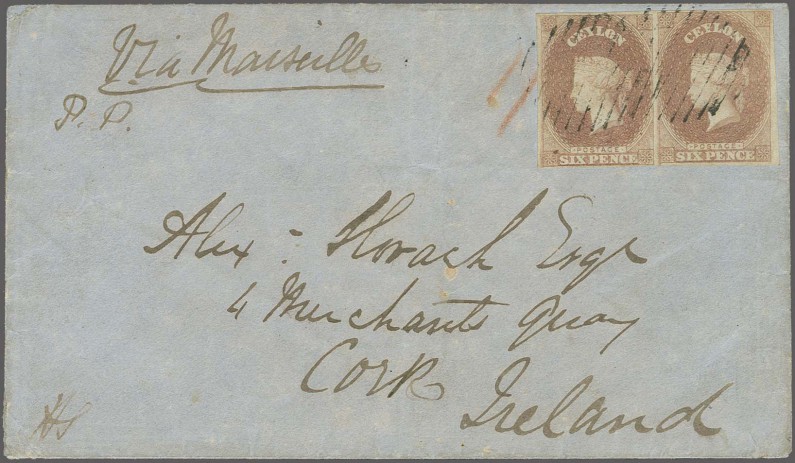
A cover letter bearing two Ceylon stamps with portrait of Queen Victoria. Image courtesy heinrich-koehler.de
Before stamps were introduced, messages or letters that were sent from one place to another required the receiver to pay a costly delivery fee to the service provider. Eventually, the British Government considered the idea of charging a small fee from the person sending the message, and the stamps were used as evidence of payment for postage. Later on, the idea was introduced to many countries that were part of the British Empire, and they, too, began to issue postage stamps.
Queen Victoria Sixpence Purple Brown
The first stamp for Ceylon was issued in 1857, seventeen years after Great Britain introduced the world’s first adhesive stamp. At that time, the British Empire was ruled by Queen Victoria and, following the practice of Great Britain, the first stamp of Ceylon featured her portrait. It was a sixpence stamp in a shade of purplish brown, and is known as the ‘Queen Victoria sixpence Purple Brown.’
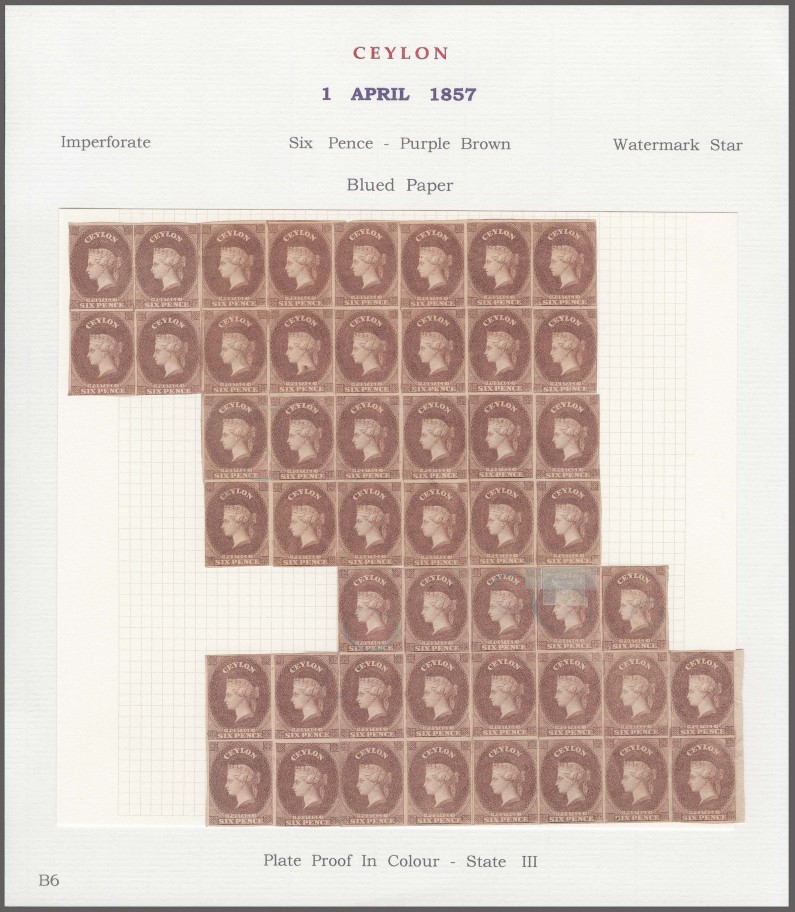
The Queen Victoria sixpence Purple Brown stamp. Image courtesy heinrich-koehler.de
“As of now a mint copy, (a copy of this stamp which is unused and in perfect or near-perfect condition) is worth £12,000. On the other hand a used stamp of this kind is worth 450 Sterling Pounds,” Ratnapala said.
He went on to say that the first time this stamp was printed in Ceylon, it was printed on blue paper and also contained a special watermark for security reasons.
“Copies of this stamp were issued again in July of that same year, but this time the stamps were printed on white paper and not blue. Used stamps from this second edition can be purchased at about £45 while mint or unused stamps are valued at £1,100. The rarity of such mint stamps and the fact that they have no flaws, or less flaws, are two main facts which contribute to their high value,” explained Ratnapala.
The Dull Rose
A stamp that was issued in the year 1859 is presently considered to be the rarest and most valuable stamp issued in Sri Lanka. It is a dark pink coloured fourpence stamp bearing the portrait of Queen Victoria, known as the Dull Rose.
“Many used copies of this stamp are widely available, and roughly around 10 mint copies are available among international stamp collectors,” said Ratnapala.
He noted that mint copies of the Dull Rose are valued between £70,000 and £100,000, while used copies are valued at roughly £4,500.
Ceylon Stamps Go Global
The Joseph Hackmey Philatelic Collection of Classic Ceylon is an award winning collection, which is also the most expensive and the most popular collection of antique Ceylon stamps among philatelists. Two of the most notable pieces that are part of this collection include a single copy of the Dull Rose, and an envelope sent from Kandy to London with two Dull Rose stamps and a Blue stamp also bearing the image of Queen Victoria on it.
According to Ratnapala, “The collection is divided into two separate sections and contains stamps from Sri Lanka from the year 1797 until 1870. The first part of the collection was sold in 2009 at a stamp auction in New York, while the second part was also sold in New York in 2010.”.
Aside from the Joseph Hackmey Philatelic Collection of Ceylon, another significant philatelic collection is the Alexander Reid collection. One of the most significant stamps in this collection is a rare 20th century Rs. 1,000 revenue stamp, which was in production between the years 1912 and 1925. The stamp features a portrait of King George V, who was said to be an enthusiastic philatelist, and as of now its worth lies between $12,000 and $24,000.

A Rs. 1,000 revenue stamp bearing the portrait of King George V from the early 20th century. Image courtesy justcollecting.com
A copy of this stamp is also presently on display at the Philatelic Exhibition Centre and Postal Museum in Colombo.
Ratnapala also mentioned the Sir Ernest De Silva collection, another notable collection of Ceylonese and Sri Lankan stamps. Divided into three parts, the proceeds from the sale of the first part of the collection in January 1959 went towards the building of the YMBA in Colombo. The second and third parts of the collection were sold in 1982 and 1983 respectively.

Local stamp catalogues with information on valuable stamps from the colonial era. Image courtesy Ravindra Ratnapala
The stamps mentioned are only a few of the more notable ones that have been a part of about two centuries worth of history. Who knows, perhaps in another century or so one, one of the stamps in use today may be as valuable as the Dull Rose or the Queen Victoria Sixpence Purple Brown stamp—so you might want to hold on to that unusual or pretty stamp you found on the envelope of the last letter you received.
Featured image courtesy woman724.blogspot.com


